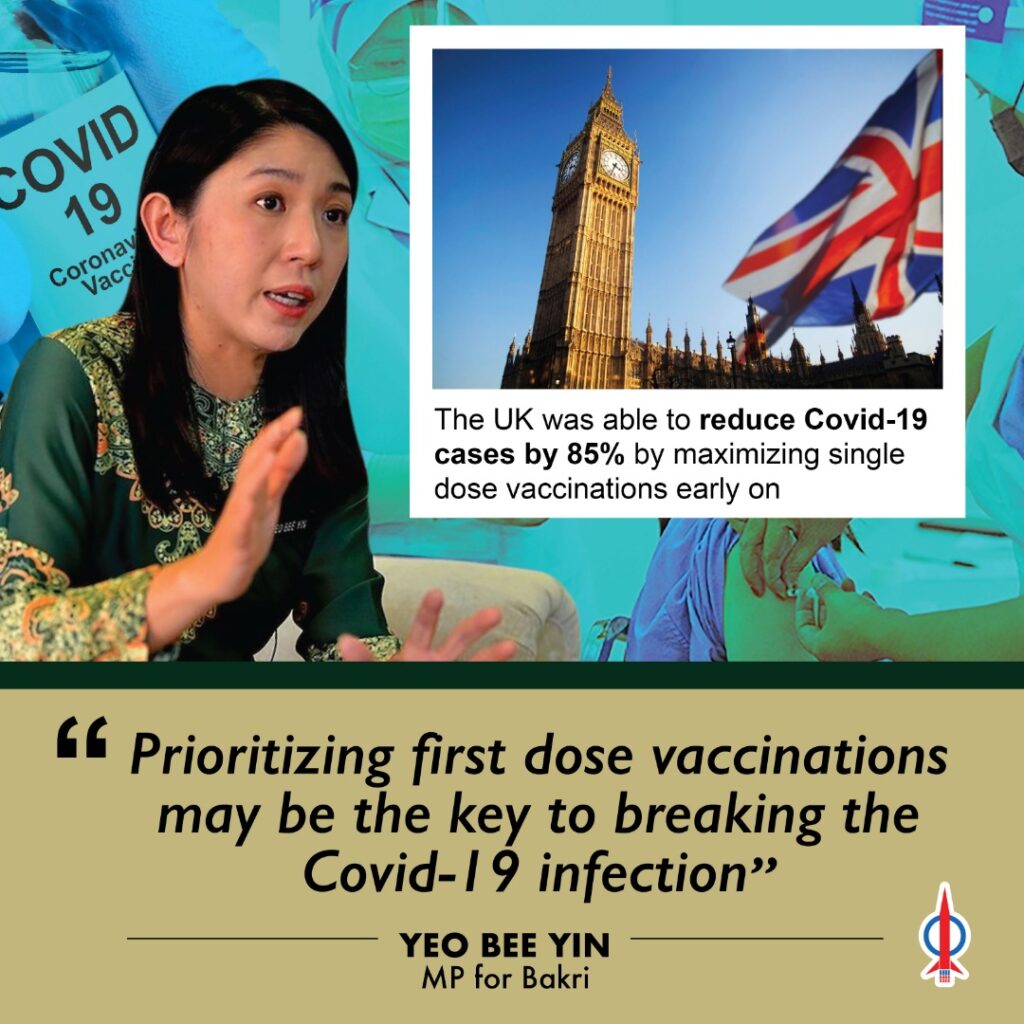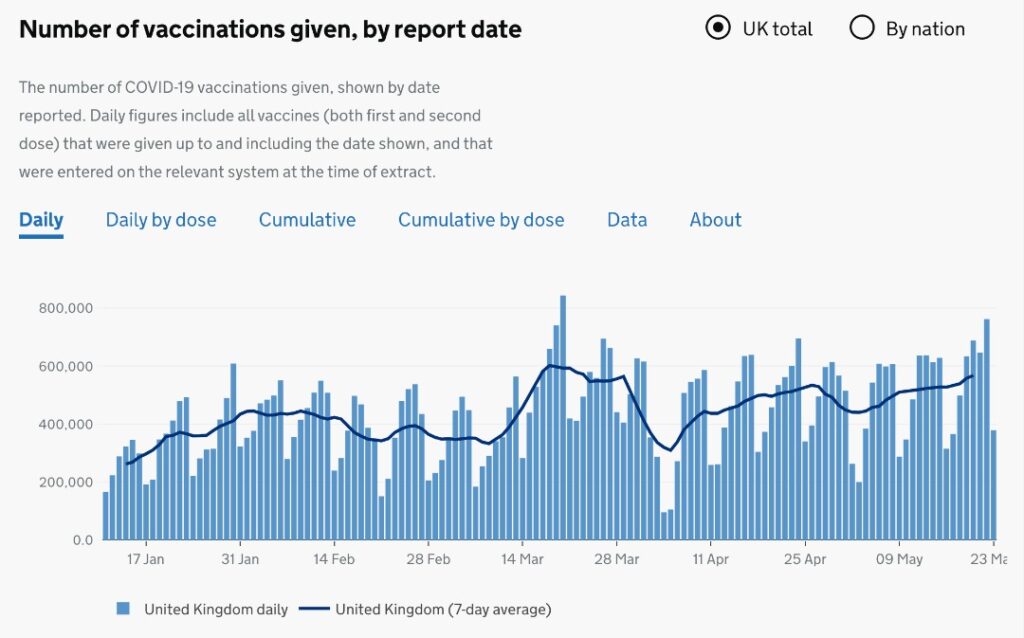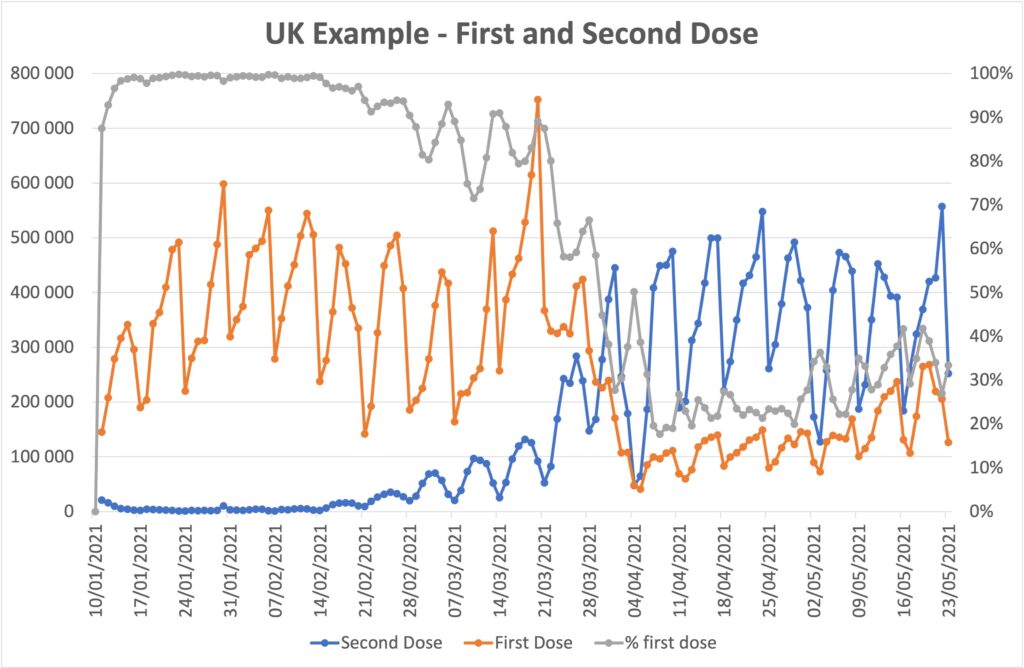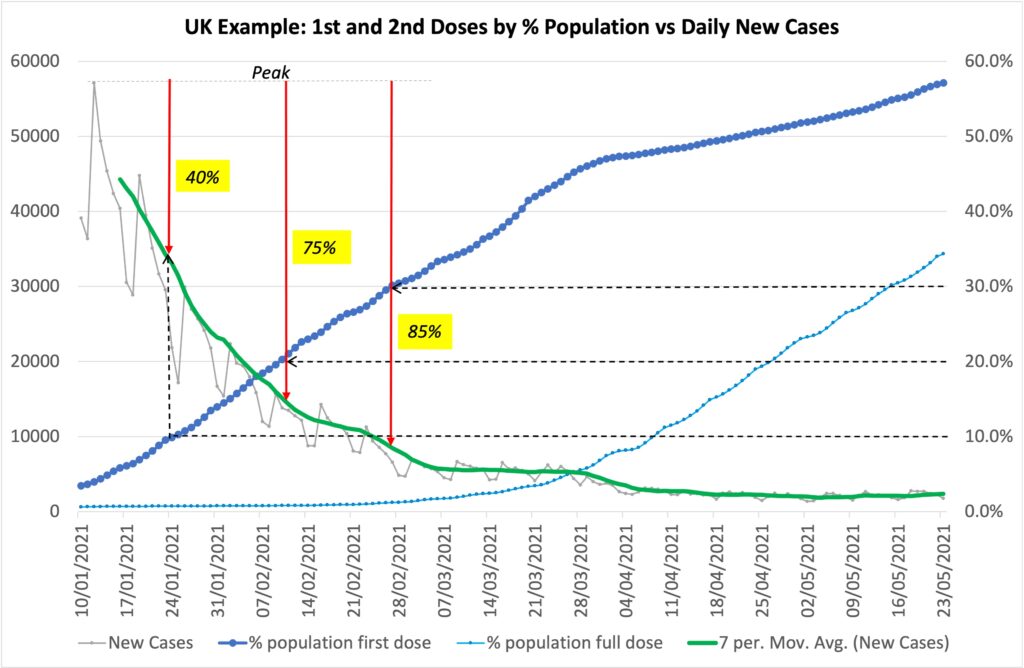
The government should seriously consider prioritizing first dose of vaccine in our vaccine distribution plan as we ramp up vaccination rates.
First of all, I would like to welcome government efforts on vaccination for pregnant and lactating mothers with Menteri Khaiy Jamaluddin’s announcement that a new feature will be available on the MySejahtera app. The feature will enable pregnant and lactating mothers to register for vaccination and the assurance that suitable vaccines will be administered to them.
This is indeed good news to all expectant and lactating mummies!
Secondly, on Khairy’s statement on herd immunity yesterday, I am still not convinced that we’ll be able to reach herd immunity by year end, if herd immunity is defined as 80% population being vaccinated and that the maximum capacity of daily vaccination rate is only 150,000 doses per day. This has been explained in a Facebook post, which you can read here.
We need to ramp up vaccination rate to an average of 250,000 doses per day from 1 June 2021 onwards to make achieving herd immunity by year end a reality.

The million-dollar question is then, with the limited dosage we can administer per day, which pathway can help us best to reduce the number of positive cases?
As UK has all their data on vaccination (first dose & second dose), positive cases, testing etc available online, I was able to do an analysis of their strategy of first and second dose distribution and here are the findings.
[UK was able to reach average vaccination rate of about 150,000 doses per day in first month of their vaccination rollout, 400,000 doses in the second month and by mid of third month 500,000 doses per day on average as shown below.

As for our vaccination rollout program, due to limited supply, our vaccination rate did not take up until last week.]
Anyway, assuming that we are now at the equivalent to UK first two months of vaccination rollout, let’s now look at their vaccine distribution plan, shown below.

They prioritized 1st dosage to as many people as possible with more than 90% of total dosage administered daily being 1st dosage until they entered into third month, when it dropped below 90%.
The population that received first dose of vaccination grow linearly for the first 3 months then at slower growth from fourth month onwards, as shown in the graph below.

Now let’s look at what is most important – the number of positive cases dropped 40%, 75% and 85% from the peak respectively as the percentage of population received first dose vaccination increased from 10% to 20% to 30%.
The percentage of second dosage only start increasing from middle of third month and it helped to further reduced the rate of growth of new cases. All in all, prioritizing first dose in their first phase of vaccination distribution has worked for the UK in term of reducing their positive cases significantly.
Compare it to our vaccination roll out, as of 24th May 2021, cumulatively we’ve administered 1,578,225 first dose and 905,271 second dose, which is about 64% and 36% of total vaccine administered respectively.
As we ramp out our vaccination rate in June, the government should seriously rethink our vaccination distribution strategy and consider the feasibility of UK strategy in prioritizing first dose.
With 150,000 dose per day, we can reach first dose of vaccination to 20% of population in just 1 month (taking into account the 1.58 million that already receive first dose) and that can potentially help to reduce our positive cases significantly. This is particularly important as our number of new cases is increasing exponentially and reached record high again yesterday. We desperately in need of quick action.
Every week of delay in vaccinations will literally cost us hundreds of lives.
Of course, as we consider this strategy, we need to take into account the type of vaccines being administered, manufacturers recommendations and most importantly, whether we can control the spread of new variants and the efficacy of first dose of the vaccines towards the new variants, therefore it cannot be an apple-to-apple comparison to the UK case and wholesale copy-and-paste strategy into Malaysia vaccination rollout.
However, I do believe that the real-life data of the UK show merits to the strategy and suit our conditions (as our infection rate is skyrocketing and we have limited capacity in vaccination rate – even 150,000 doses daily is not high to be honest).
It indeed requires serious consideration from the government as we ramp up our vaccination rollout.
Again, because parliament is closed, I can only write what is supposed to my parliament speech on social media so that the public is informed of the policy option and for the option to be considered by the immunization minister and the Covid-19 Immunisation Taskforce (just like what they’ve done in the vaccination for pregnant ladies case) as they are planning the next phase of vaccine rollout.
Yeo Bee Yin
Member of Parliament for Bakri



